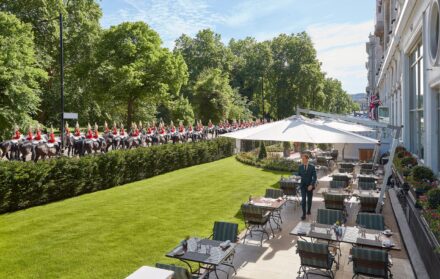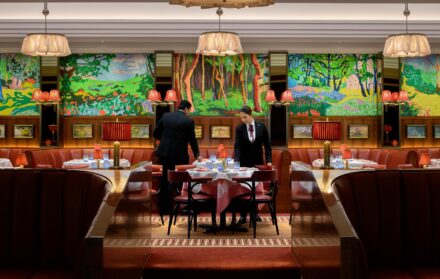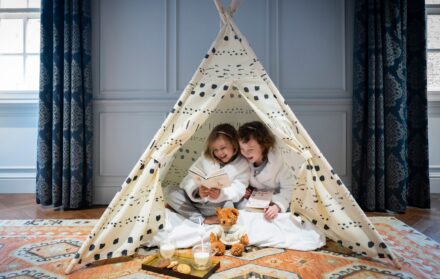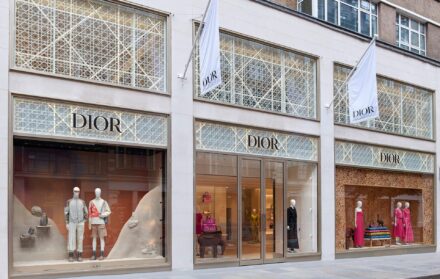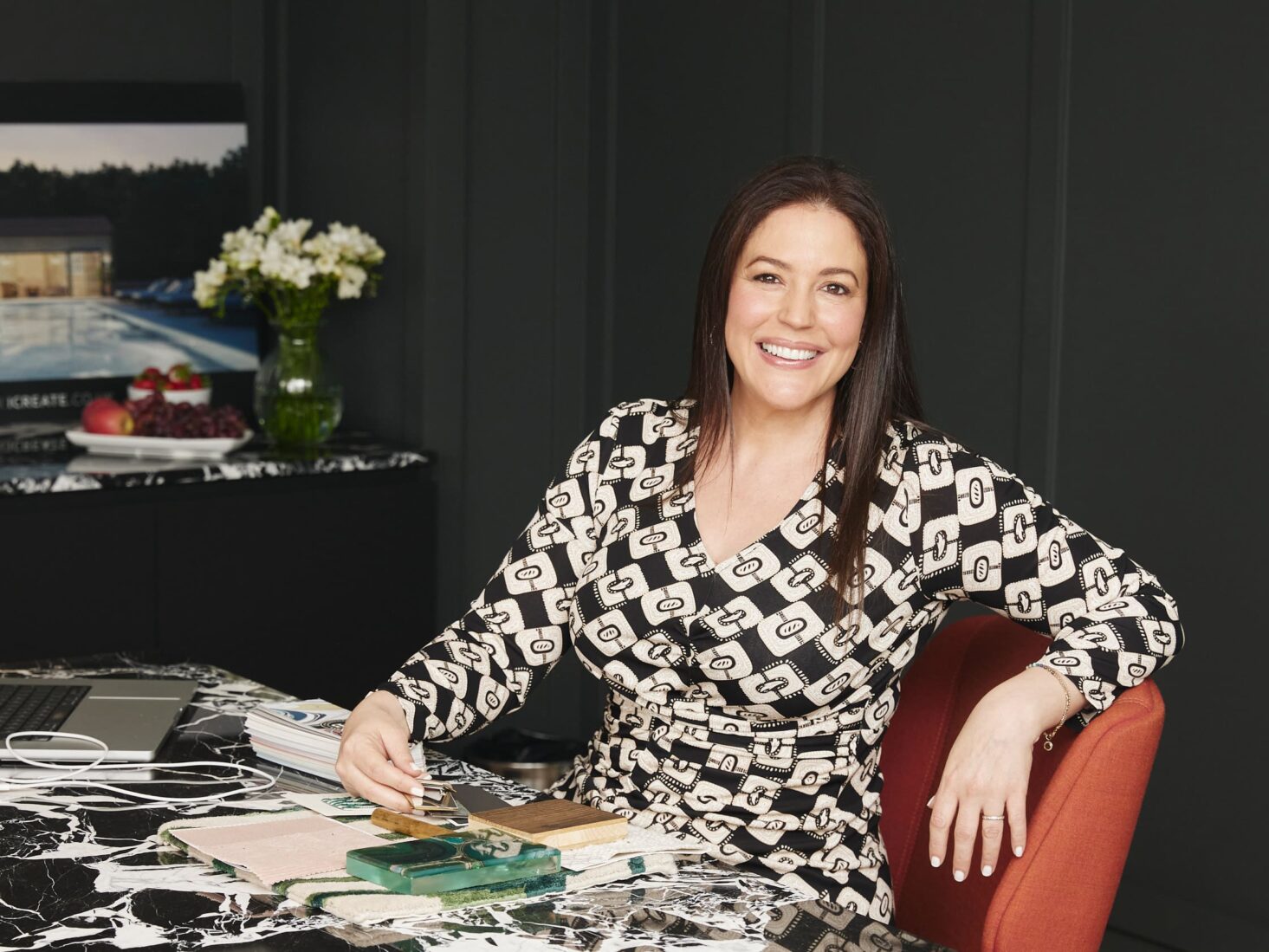
Women in Luxury: Naomi Astley Clarke, interior designer
In celebration of International Women’s Day, we sit down with Naomi Astley Clarke – one of the most sought-after interior designers in the capital – to discuss careers and confidence
Naomi Astley Clarke is a self-proclaimed ‘annoying boss’. But when she says ‘annoying’, what she really means is that she sweats the small stuff and never wants to let her clients down. Now with 20 years of experience as a luxury interior designer under her belt – and with many celebrity names on her client list – Astley Clarke has established herself as one of the most sought-after designers in the capital. But, as she explains, it didn’t come easy.
Reflecting on the business she has built, Astley Clarke says she didn’t always have a plan. From juggling work with motherhood, to lacking confidence and battling a life-long affair with imposter syndrome, her experience as a businesswoman is archetypal of the female experience across the world. In fact, it wasn’t until six years ago, when her two children had grown, that she decided to work on her business full pelt – landing design jobs at some of London’s most prestigious locations, from Chelsea to Battersea’s Prince of Wales Drive and Richmond to South Kensington.
But, as Astley Clarke makes clear, interior design isn’t all about wallpaper and colour schemes. It’s also about working closely with contractors, architects and labourers to ensure that what the client wants, the client gets. And while the construction sector is slowly increasing its female workforce, it’s still a predominantly male industry employing approximately 1.8 million men, compared with 297,000 women in 2024. “There have been a few examples when I or a member of my team have been spoken to by a man in a manner that wouldn’t have happened if it was a bloke,” says Astley Clarke. “Sadly that everyday sexism does sometimes creep in.”
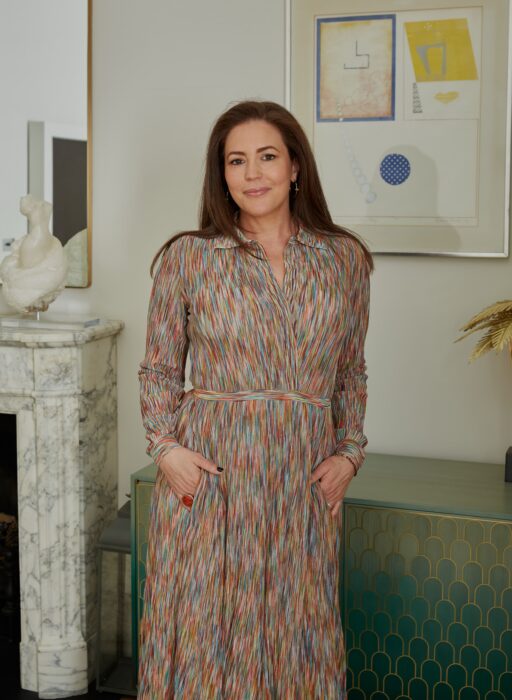

Images: Paul Massey
As a leading figure in her field, how does she manage age-old stereotypes in the workplace? And how does one stay continuously creative and inspired? We find out…
I wanted to be an actress, but I didn’t really give it that much thought.
I always used to move my bedroom around as a child and I never really picked up on it until my cousin came over and said, ‘Every time I’ve been here, you’ve always been doing something in your bedroom’ and mentioned I should think about interiors. I thought I could do something with that.
I studied English at the University of East Anglia and I was unsure about what to do next. After my cousin mentioned it, I enrolled on a one-year diploma at Inchbald School of Design.
I definitely did not. In the words of [American television personality and philanthropist] Bethenny Frankel, ‘You build the plane as you’re flying it’. There was no plan.
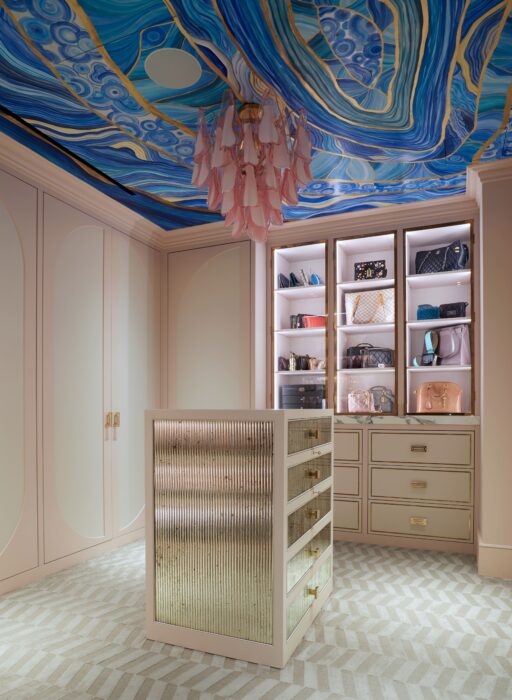
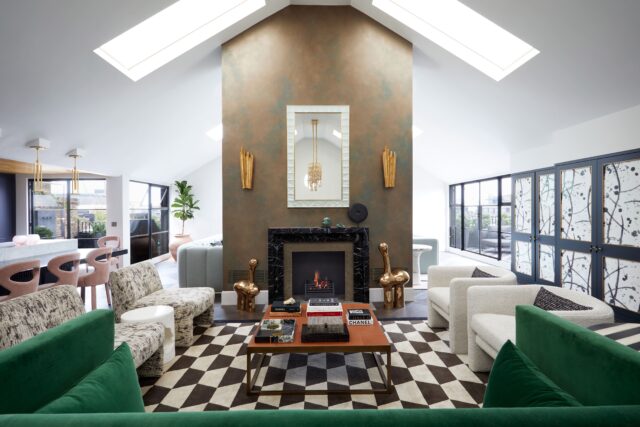
I lacked self-confidence and I questioned myself a lot. To be an interior designer, you have to impart confidence to people, but on the flip side of that, my husband has always said it’s what makes me good at my job, that I question myself and that I worry. It’s other people’s money at the end of the day. If you didn’t care, you wouldn’t be very good at this.
Definitely. I will always have it with me but I think there’s a good and bad side to it because it can make you question yourself.
I worked for Sally Metcalfe at George Spencer Designs for five years and then I went freelance with her and Stefa Hart at Hambleton Decorating, and then started taking on my own work about 20 years ago. I started doing small jobs while freelancing and then I did a lot of work with A&A Architects.
15 years ago I had my daughter and at that stage I was just getting by with it all, paying the bills, but it was really about six years ago that I was ready to take the business to the next step. I always worked throughout having my two children, and I put more focus on the business once the children were a bit older.
Normally one or two Zooms in the morning, and one or two meetings in the afternoon, and then the rest of the time is filled with site visits, sourcing trips to Chelsea Harbour, and also working from home, so it does really vary.
I buy all the magazines; I love House & Garden and Architectural Digest. I also love seeing things on Instagram but I do get really inspired by my clients. I’m very easily led by what my clients want, and they introduce me to new ideas and new ways of thinking. Architecturally, I get inspired by space so once I’m in there, I can see what’s going on outside and how that will influence inside.
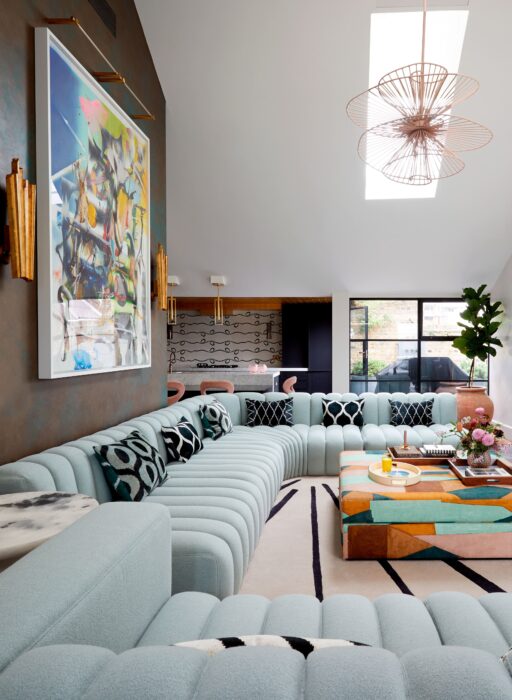
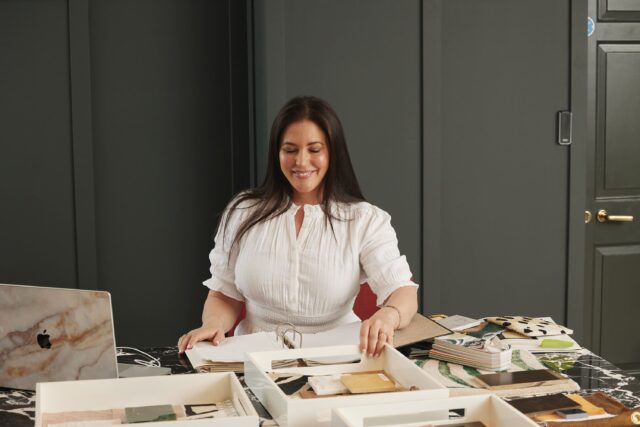
The best parts of my job include getting to know people, and I’ve met so many lovely clients along the way. When a project is finished, I love photographing it and I love creating presentations – some people find it quite a stressful thing to do but I find it quite relaxing.
The worst part about my job is managing people’s expectations and letting people down. I hate to be the person making the phone call telling someone something’s going to be late or it didn’t work out. It never gets easier.
I loved the Chelsea Penthouse project. I loved the team so much and we’ve worked together on different projects since that. It was so fun, happy and relaxed and it was a real pleasure.
I’ve also had such a joy in employing people. It was quite a big step for me at the beginning and I was quite nervous about it. But I’ve been so lucky that the people I have employed I love, and they’re like paid friends.
I find it really hard, but I love to have a bath and create tapestry at home. I also think, as women, we are designed to multitask. A lot of my friends, whether they work or not, find it hard to switch off as there’s constantly something to think about – maybe we’re wired like that.

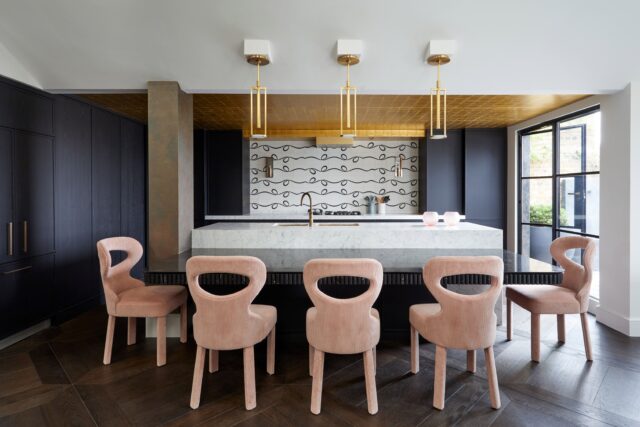
I think Michelle Obama is a true inspiration. I love what she says, how she says it and her honesty and integrity. She’s always my go-to reference point. I love how she stepped into a role she didn’t particularly want and made it the slam-dunk of the century. Since then, her books have just been so honest about her career, being a wife and a mother. She’s said way more than she’s had to, but it’s been really helpful.
Kindness is underrated. I know I can be a stressy and annoying boss but everyone who works for me knows I am kind.
I find that when we have to deliver news that is hard to hear, women are often labelled as hysterical or emotional. You can be in quite a calm situation and be told you’re acting a way you’re not, which is unfair. We’re often told we’re angry when we’re not angry, and in the construction industry I see it a lot. I find sometimes we try to come across more delicately, when actually that’s not always helpful.
As a parent, I still feel guilty if I haven’t paid enough attention to the children and as a business owner I feel guilty if I haven’t spent much time on the business. A lot of my friends ask how I manage it, but I don’t feel like I do and it’s a constant tussle between trying to give everyone the attention they need. But I don’t feel like there will ever be a time when we feel like it’s perfectly balanced. The expectations on women are so huge that we have to have children and, if we do, how much time we spend caring for them.
I wished I had more confidence. I’ve never been shy but I don’t have inner steel – and I would have liked to have a bit more of that as a younger woman.
Work hard, be diligent and if you have an idea for something, stick at it and it will come to fruition. Interior design is part of the service industry, we are there to serve people, and I think some people think it’s glamorous and just about wallpapers but it’s much more complex than that. It’s about getting to know the innermost workings of someone else’s family, lives, hopes, dreams and expectations. You’re managing large and vast quantities of other people’s money and, however rich someone is, they usually put most of their money in their home so there are huge expectations at play on how you are going to perform.
Visit naomiastleyclarke.com
Read more: Women in Luxury: Patricia Caring, co-chair of The Birley Clubs


